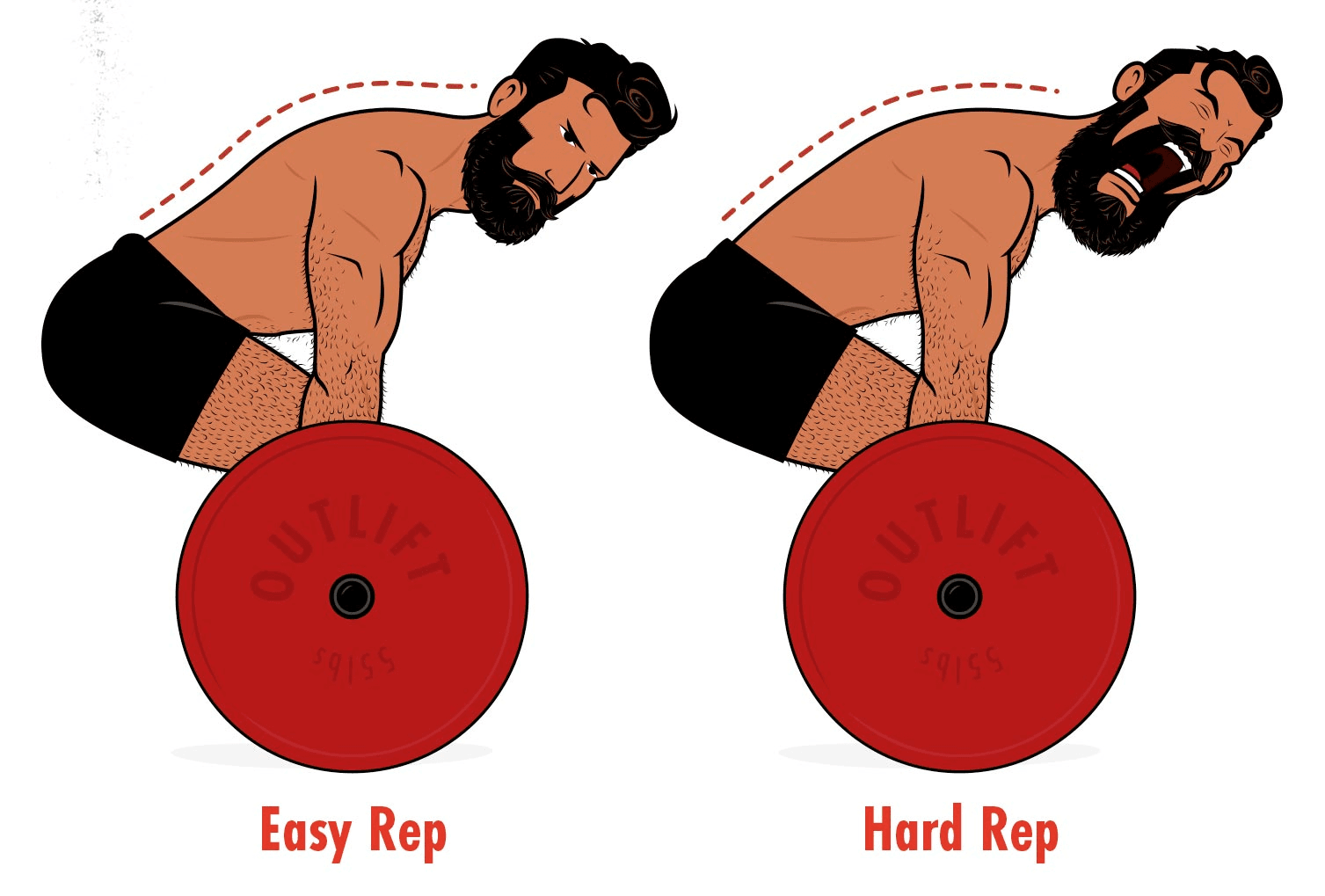If your workouts are starting to feel a little too easy, your body might not be getting the challenge it needs to grow. That’s where progressive overload steps in.
Progressive overload means gradually increasing your workout intensity, like adding weight or reps, to keep your muscles adapting, strengthening, and evolving.
Let’s break down what progressive overload means, why it works, and how to use it.
What Is Progressive Overload?
So, what is progressive overload exactly? It’s a training principle that focuses on gradually increasing the stress placed on your body during exercise, not just for the sake of intensity, but to spark continuous improvement.
In simple terms, progressive overload means increasing resistance, reps, or training volume so your muscles never get too comfortable. It’s how your body avoids plateaus and keeps adapting.
Why It Matters
Your body is efficient. Once it gets used to a certain level of stress, it stops responding. To build more strength and muscle, you need to consistently push your boundaries—just a little—every time you train.
Forms of Overload:
Adding more weight
Doing extra reps or sets
Increasing workout volume or frequency
Shortening rest periods
These methods form the backbone of any effective progressive overload workout plan.
How to Incorporate Progressive Overload in Your Workout Plan

Ready to apply it? Here’s how to progressive overload without overdoing it:
1. Add Weight Gradually
Start increasing weights by 2.5–5% every 1–2 weeks. This small step ensures your body continues adapting without risking injury. Even a slight increase can stimulate new muscle growth and challenge your nervous system.
2. Increase Reps or Sets
If you’re lifting the same weight, try doing 2–3 extra reps or adding another set to your usual routine. This method boosts training volume, which plays a major role in hypertrophy.
3. Reduce Rest Time
Cut your rest periods down by 10–15 seconds to keep the muscles under more continuous tension. Less rest keeps your heart rate elevated and increases overall workout intensity.
4. Change Exercise Variations
Switch up your exercises regularly, like going from standard squats to goblet or jump squats as part of perfecting your squat form, to hit muscles from new angles. New variations recruit different muscle fibres and prevent training plateaus.
All of these strategies can be blended into a custom progressive overload workout plan based on your goals.
Benefits of Progressive Overload for Strength and Muscle Growth
There’s a reason fitness experts swear by this method: it works. The benefits of progressive overload go far beyond aesthetics.
Muscle Growth
Overload triggers microscopic muscle damage. With proper rest and recovery, this leads to muscle repair and growth.
Strength Gains
Heavier resistance over time, through exercises like those in weight lifting for strength, forces your muscles to become stronger. You’ll start noticing improvements in core lifts like deadlifts, squats, and presses.
Enhanced Endurance
Even if your goal isn’t size or strength, the increased intensity will improve cardiovascular endurance and stamina.
Whether your goal is tone, size, or strength, adding progressive overload to your training routine brings measurable results.
Common Mistakes to Avoid in Progressive Overload

Yes, it works. But when done wrong, progressive overload can stall your progress or worse, lead to injury. Watch out for these common missteps:
Overloading Too Quickly
Jumping 10kg ahead in one session may feel impressive, but it can lead to joint stress or muscle strains. Your muscles, tendons, and ligaments need time to adapt to new loads safely.
Sacrificing Form for Weight
Sloppy reps reduce effectiveness and invite injury. Always prioritise good form over heavier loads. Improper technique not only limits results but can cause long-term damage if repeated.
Not Tracking Progress
Without tracking sets, reps, and weight, you’ll lose sight of gains and risk repeating the same comfortable routine. Even small improvements are progress, but you'll miss them without a proper log.
How Long Does It Take to See Results with Progressive Overload?
Everyone’s body is different, but here’s a general timeline if you're applying progressive overload workout methods consistently.
For Beginners
Noticeable strength and muscle gains often start showing within 4–6 weeks with proper training and nutrition. Staying consistent and focusing on form early on sets the foundation for long-term progress.
For Intermediate/Advanced Lifters
Gains may be slower but steadier—think smaller increases over time that build a more sustainable foundation. And remember: rest, sleep, and diet are just as important as your training intensity.
Slow and Steady Wins: The Long Game of Growth
Sustainable growth doesn’t come from going all in for a week. It comes from smart, small steps repeated consistently, and that’s exactly what progressive overload means. It’s not just about pushing harder; it’s about training with purpose.
So next time you pick up those dumbbells, ask yourself: Am I lifting with intention with guidance from fitness trainers? If not, it might be time to level up.




